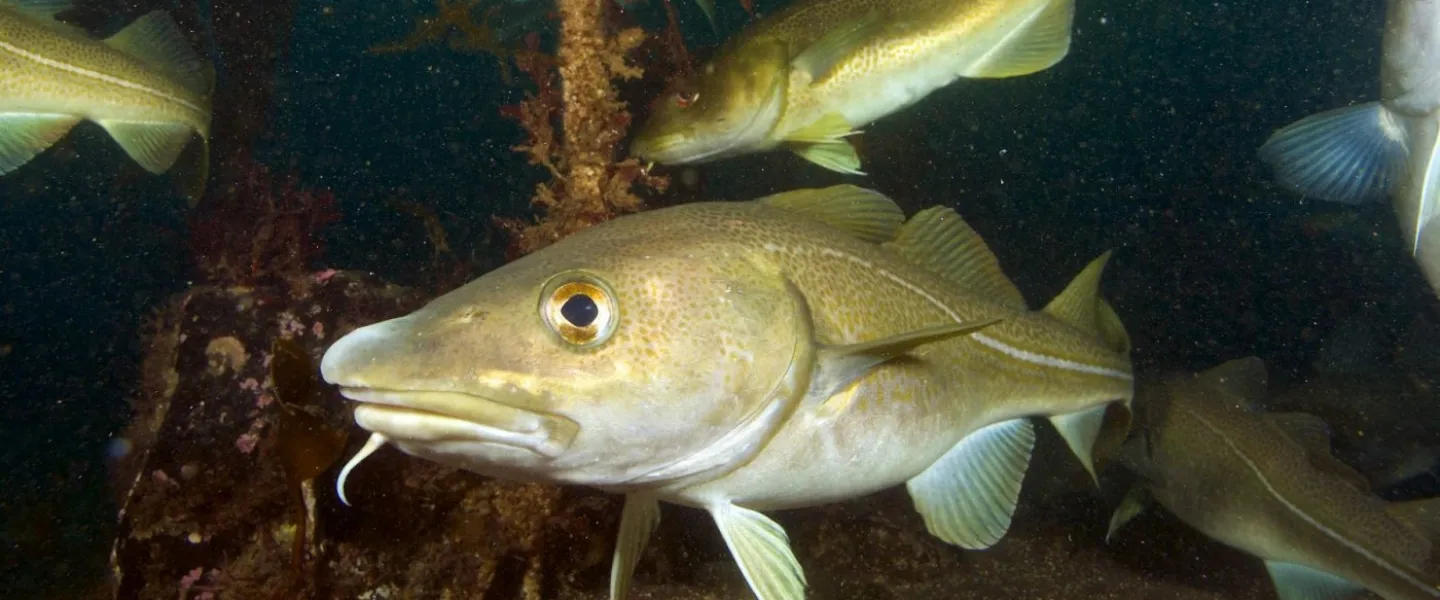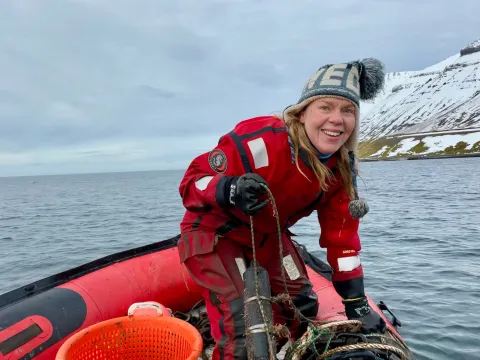
A groundbreaking new study by UI scientists has shed new light on the impact of 1100 years of fishing on the cod population around Iceland. The study reveals that cod in the 10th, 11th and 12th centuries were on average 25% larger and up to three times older than cod living today. However, cod during the settlement of Iceland grew at a much slower rate than now, since the size of the population had a significant impact on access to food. Increased fishing in the 14th century had an immediate effect on the size of the cod stocks – there is significant evidence suggesting that European fishing in Icelandic waters was much more extensive than previously thought. These findings were recently published in the prestigious journal Science Advances.
The team behind the study is multidisciplinary, but the principal investigator is Steven Campana, professor of marine biology at UI. The other researchers in Iceland include Guðbjörg Ásta Ólafsdóttir, biologist and director of the UI Research Centre in Bolungarvík, Ragnar Edvardsson, archaeologist at the same centre, and Árni Daníel Júlíusson, historian at the Vigdís Finnbogadóttir Institute and the Stefansson Arctic Institute, and Einar Hjörleifsson from the Marine and Freshwater Research Institute
Fishing began earlier than previously thought
The team’s findings provide a unique insight into the natural cod stocks before fishing began and also how increased fishing had an immediate impact in the 14th century. Slower growth, for example, is evidence of a density-dependent impact – that is, because the population was so large in this period, competition for food was more intense.
“It was rather surprising to see that changes to the cod stocks began to occur as early as the 14th and 15th centuries, at which point fishing had increased to meet the demand for stockfish on the European markets. We can see that cod mortality rose,” explains Guðbjörg Ásta Ólafsdóttir, biologist at UI.



